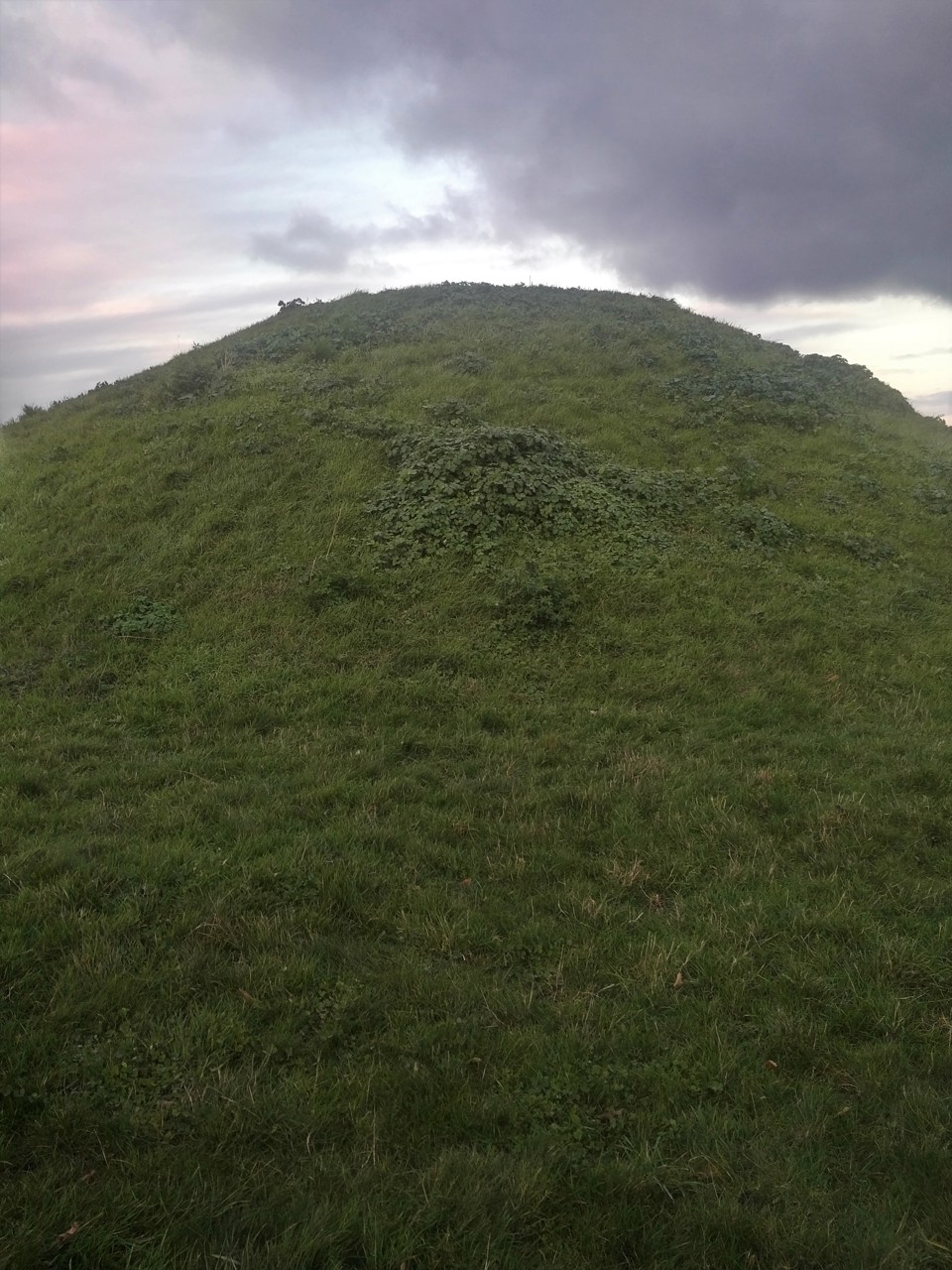Last year during a hike in the South West of England, I came across a barrow burial mound. These ancient cairns have been constructed in on the British Isle since the Neolithic era and come in various shapes and sizes. A tumulus can be isolated or occur in groups. Earth or stones are accumulated and erected over a grave which contain several skeletons. There is not much evidence about burial practices during the early Iron Age, they included cremations and inhumations. Some sites in Dorset and Hampshire, contained dead bodies with parts missing whereas individual bones and skulls were discovered at the bottom of pits in hillforts. Burial practices changed during the Iron Age, but the crouched position was widespread during this period. Later burials included grave goods ranging, from food, swords, daggers, shields and spearheads for men and mirrors, bronze bowls and beads for women.
When I worked with these remains, I often pondered about the life and the family of the deceased. What they may have looked like, what they did, how they died and perhaps what we would have share, it was indeed a moving experience. Human remains provide important evidence about the past and the research can focus on demography, health, genetics, diet, disease, burial practices, attitudes, beliefs, a special group or communities and more. It also as an aide-memoire about the fragility of life and our own mortality.
©Renée Pfister Art & Gallery Consultancy, London 2021.
#artforever #thepowerofart #thejoyofwhatwedo #loveyourlife
©Renée Pfister Art & Gallery Consultancy London, 2020.
